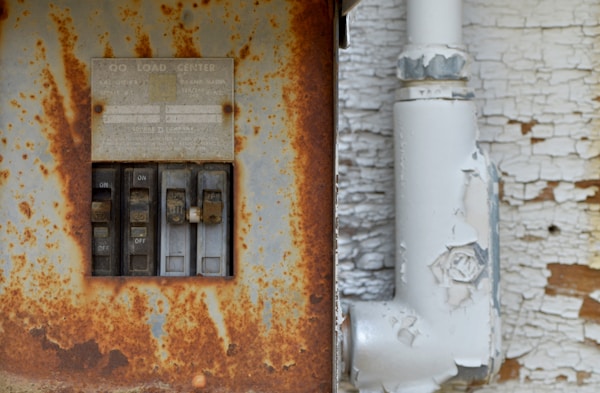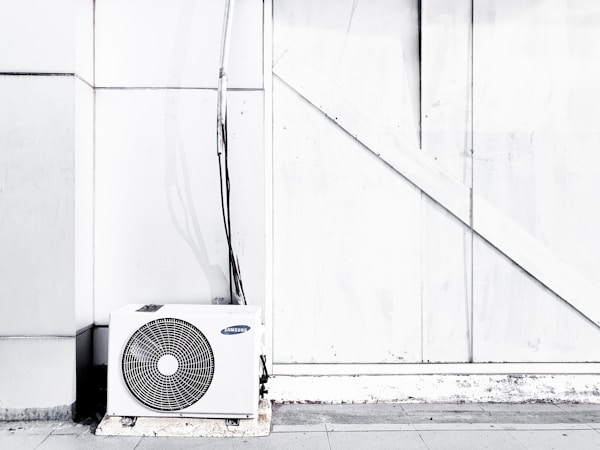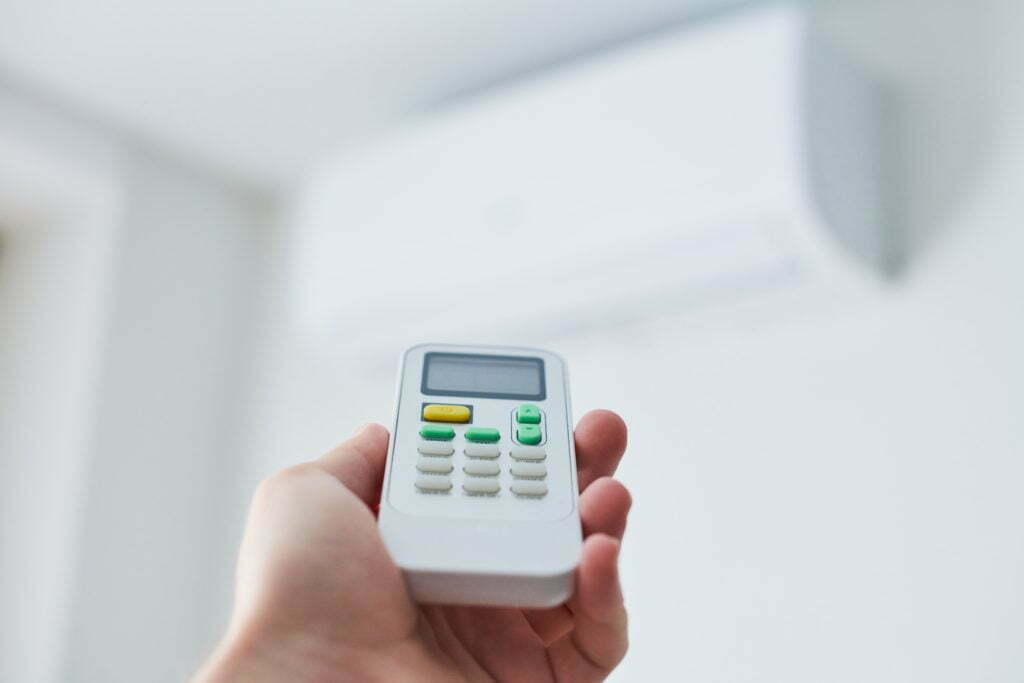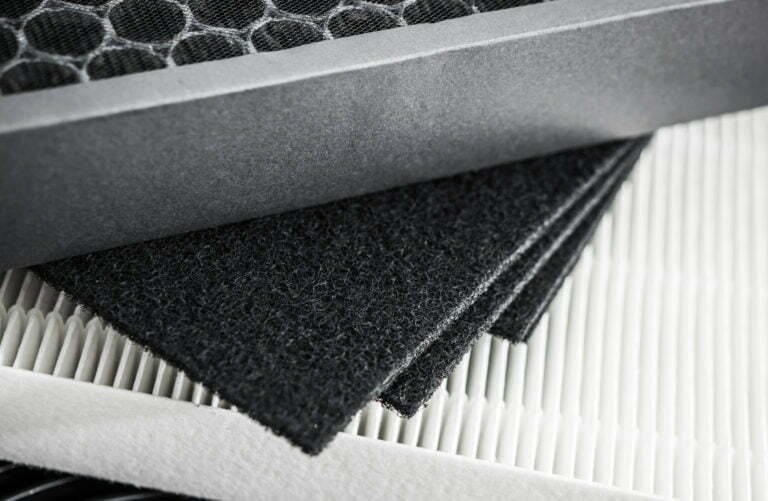Your AC unit produces condensation as a result of the cooling process. This condensation needs to drain away from the unit and down a condensate drain line to a safe location where it will not cause any damage. If the condensate drain line becomes clogged, the condensation will back up and could damage the AC unit or even flood your home. If you see standing water in the drain pan, your drain line is probably clogged. Use a handheld or shop vacuum to remove the moisture. You can also use rags to soak up the water.
At this point, you will need to clean out the drain line as soon as possible. It might require the use of an AC drain line cleaner or another tool. The condensate drain line is an important component of your AC unit and requires inspection and cleaning on a regular basis to ensure that it remains clear and free of debris. You should also check the condition of the condensate drain line during your annual HVAC inspection. If the line is cracked or leaking, it will need to be replaced. A qualified HVAC technician can help you evaluate the condition of your drain line and offer solutions if it needs repair or cleaning. Keep reading to discover how to handle a clogged condensate drain line.
Shut off the power to your AC unit.

If you suspect that there is a clog in the drain line of your AC unit, the first thing you will need to do is shut off the power to your at the breaker box. This is one of the most important steps to take, as a clogged line can cause electrical issues, and you could be shocked if you are messing with the line. Since there will likely be standing water, it is even more so important to shut off the power at the breaker box to ensure that you stay safe. If you can’t shut the power off yourself, you should contact an HVAC technician for help.
Locate the drain line.
Once you have shut the power off to your equipment, the next step is to locate the condensate drain line. The drain line is typically a PVC pipe that runs from the air handler to the outside of the house. The pipe should be clear of any blockages and should slope downwards. Because the pipe is exposed to the outside elements, insects, leaves, and other debris can make their way into the pipe and stop it up. Once you locate the pipe, try to determine the cause of the blockage and clear anything from around it.
Clean out the clog.

Usually, the drain will have a vent with a PVC cover. Remove the cover and inspect the drain. You will also use this port to flush the drain with distilled vinegar. If you don’t like the odor, you can use peroxide to gently bubble away the remaining debris. Alternately, you can use hot water and a drop of dish liquid. You want to allow this mixture to sit for at least 30 minutes to try and clear the line. If you have a shop vacuum, you can try to suck out the debris using the vacuum hose. If the clog is stubborn, you may have to use a plumbing snake to force the debris out of the line. If you find that nothing is working, you may need to call a professional to clear the clog.
If you’re unable to clean your air conditioner’s drain line, call a professional HVAC technician. They can clean the line and install a new access vent, if necessary. You should try to check the drain line periodically throughout the cooling season to ensure that condensation is draining away properly.





